Science
The latest news and reporting on robotics, space exploration and scientific research.
Latest
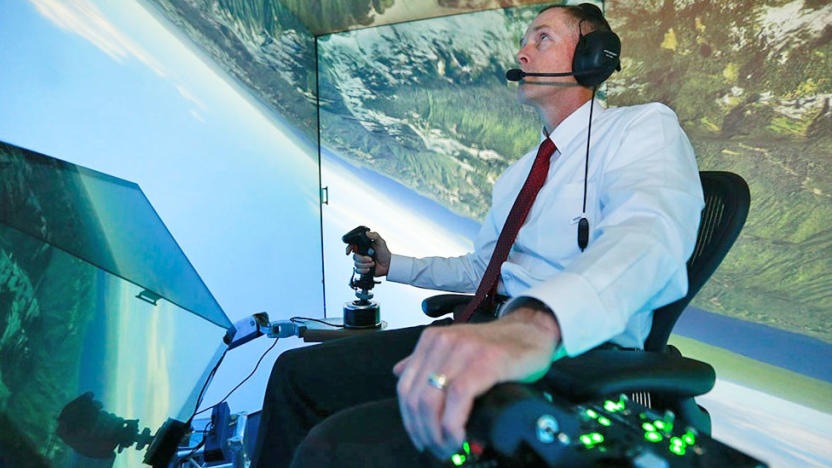
Combat AI beats the Air Force's top tactical experts
A new artificial intelligence flight combat system dubbed ALPHA has taken on one of the Air Force's top tactical experts and won. Retired USAF Colonel Gene Lee -- an experienced combat instructor with "considerable fighter aircraft expertise" -- was repeatedly shot down during engagements with ALPHA in a high-fidelity air combat simulation. Lee called his computerized opponent "the most aggressive, responsive, dynamic and credible AI I've seen to date."
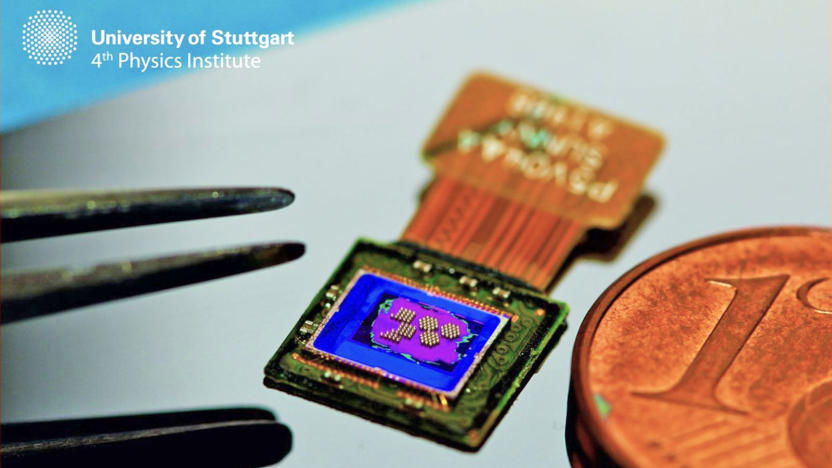
Microscopic camera could be injected into your body
You may have seen some very small cameras in your day, but nothing like this. University of Stuttgart scientist have developed a 3D-printed, three-lens camera that's just 100 micrometers (0.004 inches) across. That's small enough that you could inject into your body with a syringe -- perfect for endoscopy and other times you'd want to observe a patient's body from the inside. It currently needs to be tethered to an optical fiber, but it can focus on objects as close as 0.12 inches. You can even print unconventional lens shapes (such as rings or triangles) to fit specific shapes and goals.
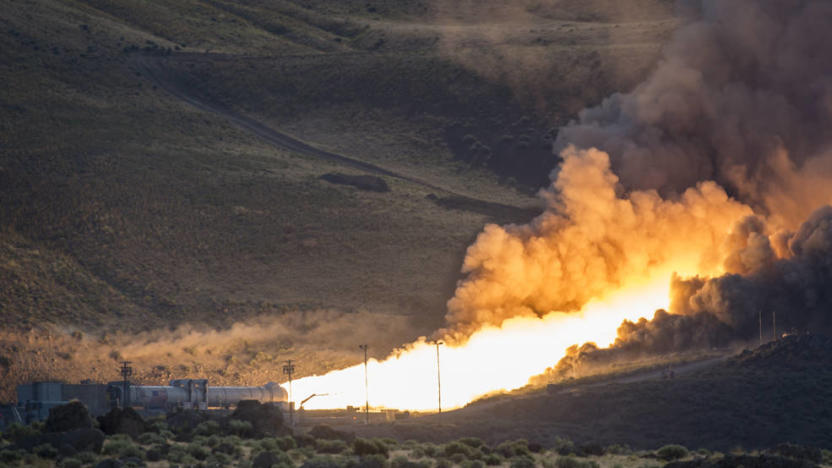
NASA's newest rocket booster is ready for deep space
NASA fired up a massive booster in Utah this morning. The powerful machine was put through its second and last qualification test in the desert before it's ready to facilitate the flight of the world's most powerful rocket to date.

Gene editing can end disease and fight global famine
We're looking at the single greatest advancement in genetics since Mendelev started growing peas. CRISPR-Cas9 gene-modification technology is powerful enough to cure humanity's worst diseases, yet simple enough to be used by amateur biologists. You thought 3-D printers and the maker movement were going to change the world? Get ready for a new kind of tinkerer -- one that wields gene-snipping scissors.

Microsoft's hand-tracking magic may lead to gamepad-free VR
The next Xbox One S console doesn't even have a Kinect port, showing that even Microsoft doesn't care about the depth sensor for gaming. However, it may yet make a comeback in VR. Microsoft researchers have made hand- and finger-tracking much more accurate using the Kinect, which may eventually make it a more attractive option than a controller for VR games. "We're getting to the point that the accuracy is such that the user can start to feel like the avatar hand is their real hand," says Microsoft UK researcher Jamie Shotton.

Astronomers discover a nearby 'hidden' black hole
Astronomers compared data (and notes, we'd like to imagine) on a "peculiar" source of radio waves, concluding that what was once thought to be a distant galaxy is actually a nearby binary star system, made up of a low-mass star and a black hole. It took data from NASA's Chandra X-ray Observatory, the Hubble Space Telescope and the National Science Foundation's Karl G. Jansky Very Large Array (VLA) to realize this -- and now researchers reckon there could be more hidden black holes out there.

Google brings higher-resolution imagery to Earth and Maps
Every few months or so, Google improves the satellite imagery on services like Earth and Maps. Now, as part of its efforts to keep making the experience better for users, the search giant is going to offer higher-resolution virtual views going forward. You'll now notice sharper imagery of areas around the world, thanks to the latest data from the Landsat 8 satellite and "new processing techniques" that Google's implementing.
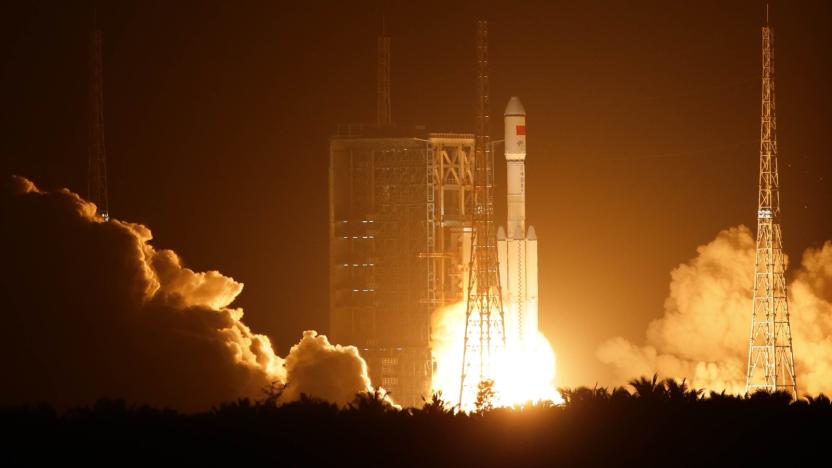
China launches its new mainstay rocket
China is celebrating the successful launch of its Long March 7 rocket, a key component and backbone of its future space program. As Xinhua News explains, the craft is designed as the "main carrier" for the Chinese space program, capable of pushing 13.5 tons of gear towards the heavens. SpaceFlightNow reports that the rocket carried a miniature version of China's forthcoming crew capsule, which is currently being tested. Other craft on the launch included an experimental satellite tasked with cleaning up space junk and a device to measure the Earth's gravitational field.

Scientists want to make buildings from bone
A cityscape made of bone and eggshell might sound like the set for the final act of some big-budget fantasy epic, but the idea could help support ever-growing populations in our cities -- and reduce carbon emissions in the process. According the University of Cambridge, typical materials like concrete and steel make up almost 10 percent of global carbon emissions. Before they even get to the place of construction, both materials need high temperatures to be processed, and thus a whole load of energy. Researchers are hoping that artificial bone and eggshell, made of protein and minerals, could one day stand in for traditional building materials.

See the unusual way cancer cells spread
In many ways, the biggest problem with fighting cancer is containing it: you may kill the main tumor site, but there's a real chance that it'll spread and reemerge as a threat. At last, though, scientists have a better understanding of how that migration happens. British researchers have learned that cancer cells invoke an unusual survival mechanism when they start to float through the body. Proteins on the cell surface (integrins) switch from their usual role, adhesion, to internal signalling that has the rest of the cell protect itself against death. The cancer is steeling itself for the journey, in other words.

Inhabitat's Week in Green: Solar Impulse's record flight and more!
This week the Solar Impulse made history by becoming the first sun-powered airplane to cross the Atlantic Ocean. Meanwhile, a team of Swiss students built an all-electric race car that smashed an acceleration record by going from 0-60 mph in 1.5 seconds flat. Sweden rolled out one of the world's first electric highways, while two ex-Google employees are developing self-driving big rigs that slash emissions. And we showcased the Super 73 -- a bike/motorcycle hybrid that'll add some serious kick to your morning commute.

328 foot-long floating barrier will collect ocean trash
There are numerous efforts underway to clean the world's oceans, but The Ocean Cleanup is testing what may be both the simplest and the most ambitious. It just launched a 328 foot-long prototype floating barrier that will collect trash floating in the North Sea. If it can survive the rough conditions of those waters, the plan is to deploy a 62 mile-long (!) barrier in the Pacific Ocean and reduce the size of the notorious Great Pacific Garbage Patch -- the hope is to halve the size of the trash field in 10 years.
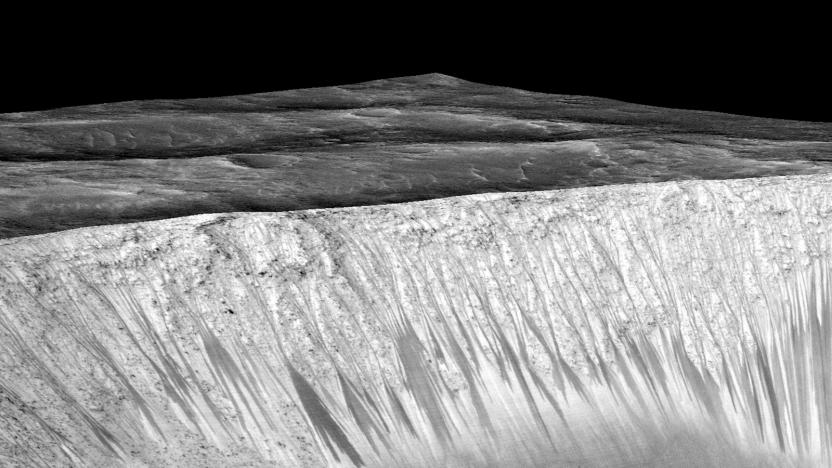
Curiosity rover may sample Mars water
Scientists have already found hints of liquid water on Mars... now, they want to take a close look at it. NASA has revealed that the Curiosity rover will investigate recurring slope lineae (those streaks you see above) around Mars' Gale Crater in hopes of finding water. It'll first take a photo with its mast camera to verify that there's water in the first place. If there is, the machine will head over to collect samples. The agency would like to take those photos within a year, so you wouldn't have to wait too long to get answers.
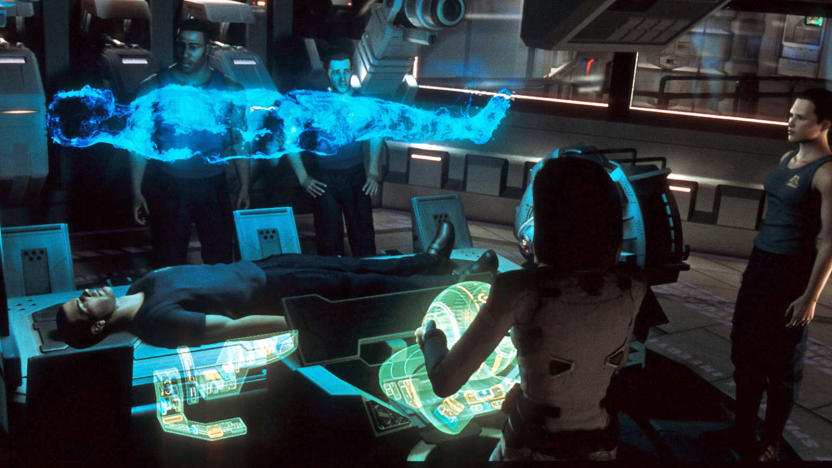
Recommended Reading: How the 'Final Fantasy' film helped Hollywood
The 'Final Fantasy' film bombed, but its motion capture revolutionized Hollywood Jordan Zakarin, Inverse The animated Final Fantasy: The Spirits Within film may not have been a success in terms of earnings, but the movie did provide some useful insight for motion capture. Inverse takes a look at the film's influence on filmmakers and realistic computer-generated characters despite its less than stellar reputation.

ICYMI: The dogbot and a heart strap that beats surgery
try{document.getElementById("aol-cms-player-1").style.display="none";}catch(e){}Today on In Case You Missed It: Boston Dynamics introduced a new robot to the lineup and this one is both the smallest yet, and most adorable. The SpotMini is just two feet tall but in the video Boston Dynamics released, shows it can do dishes, throw cans away and creep around for a good 90 minutes on an electric charge. Meanwhile the EPFL designed a new medical device that looks not-entirely unlike an old school slap bracelet, except it's made of silicon and is designed to grip and squeeze the aorta, keeping the heart beating while a patient might be waiting for a heart transplant. Theater fans will want to know about New York's decision to ban robot buyers; while politically-minded folks (not already talking about Great Britain's vote to leave the EU) will want to hear about C-SPAN's decision to broadcast Periscope videos of the Democrat's sit-in. As always, please share any interesting tech or science videos you find by using the #ICYMI hashtag on Twitter for @mskerryd.
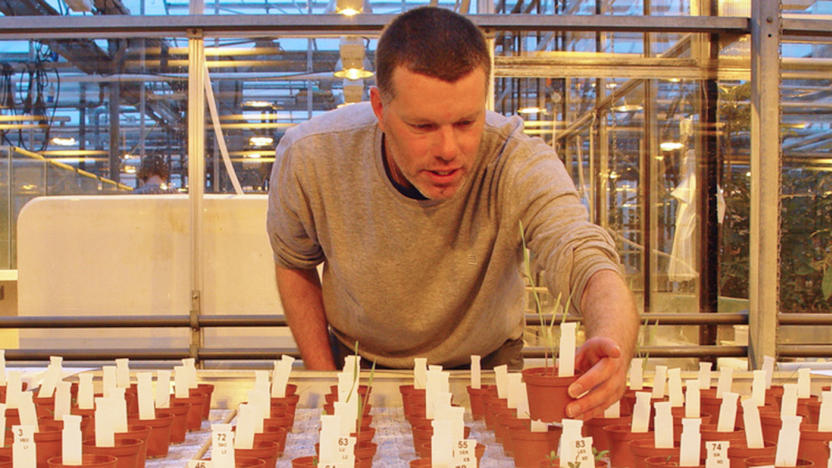
Four crops grown in simulated Martian soil are safe to eat
We're still not sure if we can Mark Watney our way through a Martian mission, because soil on the red planet contains heavy metals toxic to humans, including lead and arsenic. A team of scientists from the Wageningen University in the Netherlands, however, found out that radishes, peas, rye and tomatoes grown in Martian soil are safe to eat after years of research. The scientists have been growing different types of plants in soil that NASA developed to simulate what's found on the red planet since 2013. While they haven't exactly eaten any of them yet -- and team leader Wieger Wamelink admits radishes are still best grown on Earth -- they confirmed that these four can grow on Mars without absorbing dangerous levels of heavy metals.

NASA tasks the Hubble Telescope with five more years of service
Despite its successor launching in 2018, NASA is extending duty for the Hubble Space Telescope for another five years. The imaging spacecraft will continue to capture breathtaking photos from orbit until 2021 with the Space Telescope Science Institute in Baltimore. The final servicing mission to the telescope took place in 2009, and now it's set to provide images from our solar system and beyond into the next decade.

Genes, germs and bacon: A look inside my own DNA
There are times in your life when bad news smashes into your gut like a sledgehammer into the solar plexus. "You've got those double dots next to your CYP1A2*F, which means that we class you as a fast metabolizer." But the man on the other end of the phone was not complimenting me. Rather, he was explaining that my body can't cope with the chemicals produced by smoked or chargrilled meat. It meant that, despite my love of meat, I would have to limit myself to "just one or two servings of grilled or smoked meat per week," and even that was excessive. The news got worse when I was told that, for a similar reason, I should also avoid fried bacon -- which I eat every morning to pep up my protein-and-fat rich breakfast of eggs. My genetic makeup, the bastard, has rendered me incapable of enjoying bacon, which is a hard way to be introduced into the world of DNA fitness testing.
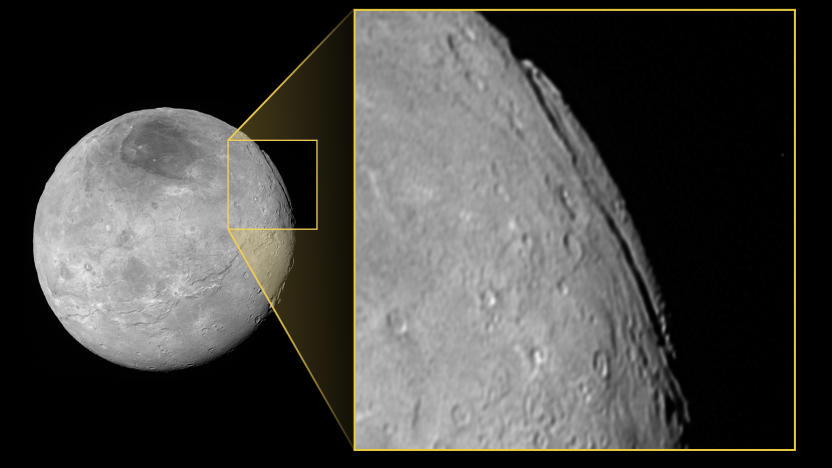
Pluto's moon Charon features a massive, deep chasm
While humans are still a long way away from going canyoneering on the moons of Pluto, we can at least start scoping out the terrain. In images shot last summer by NASA's New Horizons spacecraft, we can see one immense and interesting feature of Charon: a deep canyon dubbed the Argo Chasma that slices through one hemisphere of Pluto's largest satellite.
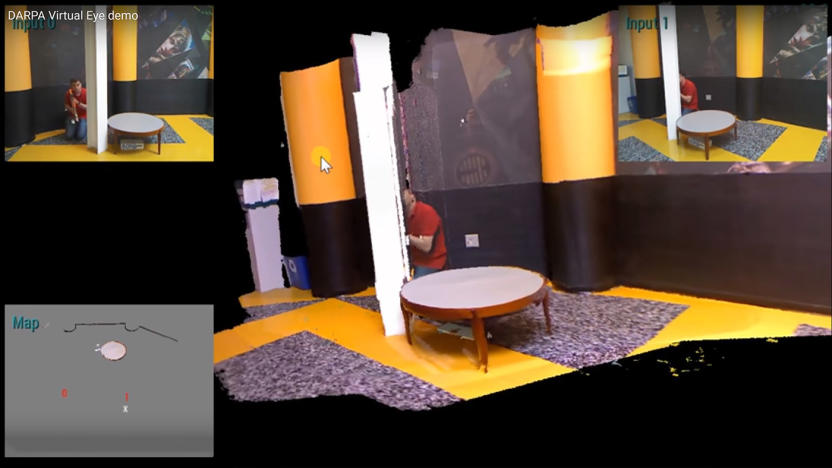
DARPA's 'Virtual Eye' lets soldiers see around obstacles
Intel's virtual FreeD replay tech used in the NBA and other sports is cool, but it requires a lot of cameras and GPU horsepower. DARPA, the US military's science fiction arm, thinks the same technology could give soldiers and rescuers better situational awareness. Since there's no way personnel can lug all those computers and cameras into a battle or disaster, it worked with NVIDIA to create Virtual Eye. The system fuses two images into a live synthetic 3D scene using just a powerful laptop and a pair of cameras.










